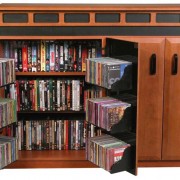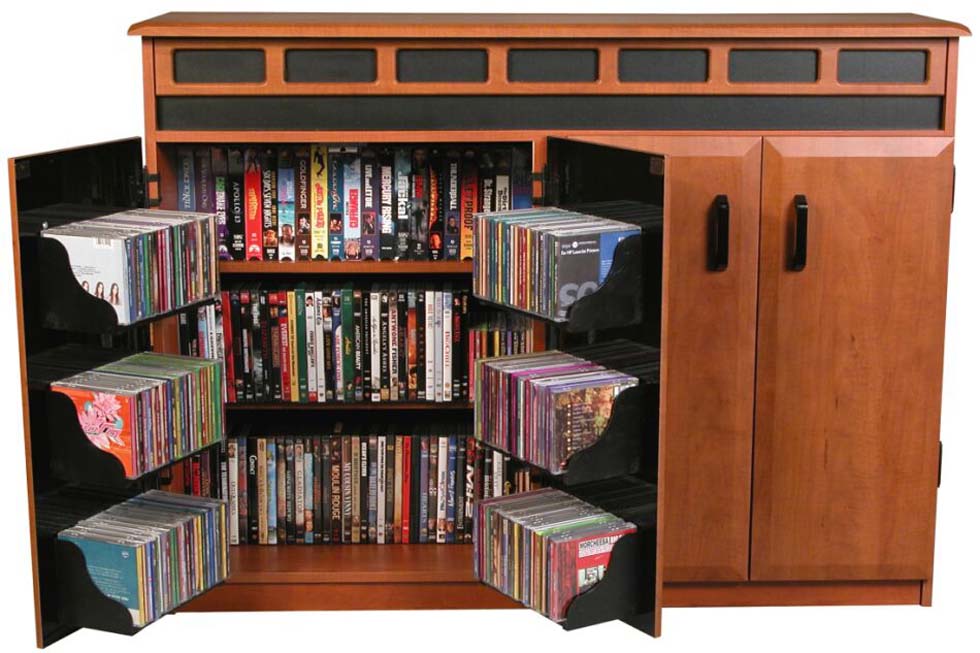Making Your Museum ‘Talkable’ – SUCCESs is the Key to Success
Creating a ‘talkable’ museum is vital to to attracting new visitors to your museum. And two brothers – Chip and Dan Heath – have identified the 6 core principles of talkability.
A few years ago, I read a book that was a revelation.
It was written by 2 brothers – a Stanford University Professor and a business education consultant – rather unpromisingly named ‘Chip and Dan’ Heath.
The book was called ‘Made to Stick’ and examined why some ideas ‘stuck’ and others didn’t. They wanted to create a guide to communicating ideas in a way that made them sticky – not only memorable and understood, but opinion and behaviour changing.
Let me give you an example. What’s the only man-made structure you can see from space? Yup, the Great Wall of China – we all know that one.
Apart from the fact that it isn’t true. You can’t see any man-made structures from space. So why has this idea spread while other more worthy (and more truthful) ideas haven’t?
The Heath’s have come up with their own acronym for ensuring ideas are sticky – SUCCESs. Messages need to be Simple, Unexpected, Concrete, Credible, Emotional and Stories.
I don’t think this is the whole story, and I’ll be introducing you to some further thoughts in future articles, but it’s a great place to start on your journey to making your attraction’s experience something people will remember, enjoy and share.
Anyway, you’ll be wanting me to explain those key points in a little more detail so here we go:
Simple
Simplicity is at the core of ‘sticky’ communication because, as we’ve discussed before, we can learn and remember only so much information at once. Cramming doesn’t work.
The challenge for you is that making a message simple is rather complicated. You’re aiming to create something both simple and profound – like a well known proverb.
For historic attractions, I think this ‘simplicity’ can be expressed in 2 ways.
First you need to express the core appeal of your attraction to your target audience in a very simple way if you’re going to maximise your visitor numbers. All great brands boil down to simple, but profound, statements that sum up what they’re here for. You need to do the same (and I’ll post an article on this subject soon to give you a hand.)
Secondly, once visitors are there, you need to communicate your messages in a simple way. That’s not to say that you can’t communicate complex stories or concepts – it just means that you need to build up that complexity through layers of simplicity, like all good teachers do.
Unexpected
I made the point in my article on how the memory works that people need to ‘record’ information before they can remember it. If you want them to ‘record’ your interpretation, you need them to be paying attention to it in the first place.
By doing something unexpected, you can grab your visitors’ attention, but only if that unexpectedness is relevant to your core message (otherwise you’re being unexpected for the sake of unexpectedness).
But attracting people’s attention is not enough – you need to maintain their interest. How do you do this? You create knowledge gaps in their heads and don’t fill those gaps until you’ve fully communicated your message. In fact, I think I’ve just created one – don’t worry, I’ll be writing about this soon.
Concrete
We remember pictures better than words, and words that conjure up images better than words that describe abstract concepts. It’s believed the reason for this is that we have a ‘visual’ memory and a ‘verbal’ memory, so words that are relevant to both get stored in 2 places rather than 1. Hence, we’re more likely to remember them.
Think of one of Aesop’s fables – perhaps the tortoise and the hare? It communicates a very abstract concept (‘slow but steady wins the race’) in a very concrete way.
But beware the ‘Curse of Knowledge’ – it’s this that leads us to communicate messages in an abstract way to demonstrate our grasp of a subject. But we’re not communicating our message to our peer group who have a deep understanding of it, but to visitors who perhaps only have a passing interest in and knowledge of what we have to say.
Credible
People believe what they perceive to be ‘authority sources.’ If you’re trying to communicate a message on which your attraction will be judged an authority source, then you don’t have a problem.
If not, you’re going to have to use techniques to achieve this credibility amongst your visitors by other means otherwise they’ll simply dismiss what you have to say.
The power of a few, carefully sprinkled details, vividly expressed, can come to your aid in this scenario.
Emotional
This is something that any good ad man will tell you – if you want to sell something, make an appeal to the emotional rather than to the rational, because if people made all their purchases on a rational basis, they’d make a lot less purchases.
But how do you make a message emotional?
You think about which emotions the stories of your attraction can stir and you focus on making your audience feel rather than think. You talk about people, not abstractions. You make your message personal to them by relating it to something they care about, appeal to their self interest and/or appeal to their higher principles.
This is how charities work. And studying how they communicate will help you, especially if your attraction relies on voluntary donations.
Stories
Stories have impact because they meet all the other criteria of the Heath’s ‘stickiness’ theory – they’re simple (well the most memorable ones are), they maintain our interest, they’re concrete, they’re credible (if told in the right way) and they make an emotional appeal by connecting us with individuals
There’s also evidence to prove that when we hear a good story, we don’t just visualise it, we actually simulate it in our heads, meaning that there’s a much greater chance of it anchoring in our brain and being recalled later.
I think that you can use these principles to make your own experiences more engaging, more memorable and more inspiring – to help people to learn history’s lessons but also to create experiences people are prepared to pay/donate more for and will tell their friends about.
If you agree, rest assured that I’ll be going into more detail on each of the SUCCESs points in future articles.






